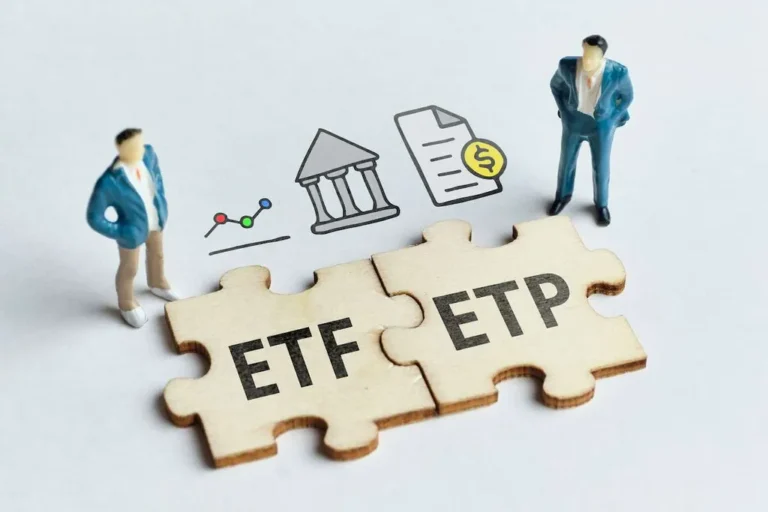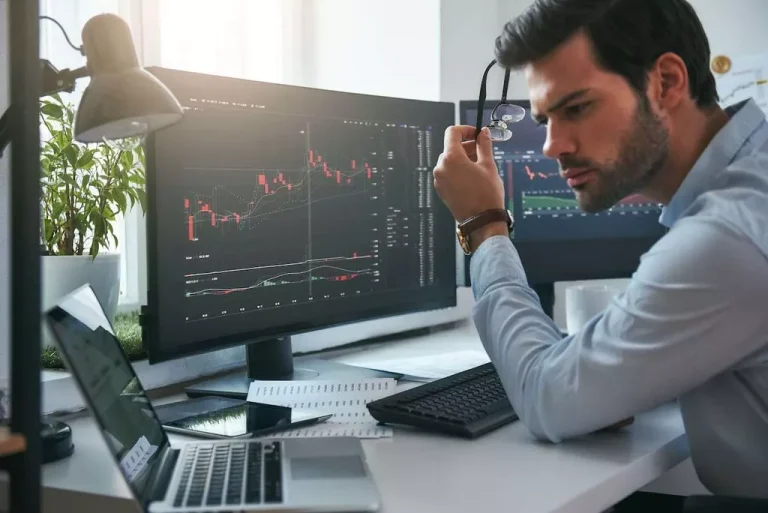Content
An obvious exception is foundations, which are charities formed to fund other charities. Their funds come via endowments or donations from companies and wealthy individuals, which are then invested, usually into low-risk financial assets for long-term gains. The latter might be an impediment, though, as a big capital base makes it more difficult to trade and move size. Institutional traders Prime Brokerage are the traders employed by financial institutions and trading firms to trade for them and their clients. Since they trade for big firms, they control large trading capital and usually trade blocks of at least 10,000 shares and can minimize costs by sending trades through to the exchanges independently or through an intermediary. For example, changes in economic conditions due to macroeconomic factors such as the Ukraine-Russia war.
How to Use AI for Stock Market Prediction A Beginner’s Guide
FOREX.com is a wholly owned subsidiary of StoneX Group, a NASDAQ-listed company based in New York with more than $6.9 billion in assets. Rates, terms, products and services on third-party websites are subject to change without notice. We may be compensated but this should not be seen as an endorsement or recommendation by TradingBrokers.com, nor shall it bias our broker reviews. Self-confessed Forex Geek spending my days researching and testing everything forex related. I have many years of experience in the forex what is institutional trading industry having reviewed thousands of forex robots, brokers, strategies, courses and more.

What to Look for in Institutional Forex Brokers
These include real-time market data, risk management tools, and sophisticated portfolio optimization algorithms. The key players in the institutional trading landscape are the large financial institutions – hedge funds, mutual funds, pension funds, and investment banks. These organizations rely on the speed, efficiency, and advanced analytics offered by institutional trading platforms to execute their investment strategies and manage their portfolios. The platform provides a wide range of trading strategies, execution algorithms, and analytics tools for institutional traders. It supports equities, options, futures, and foreign exchange, making it a versatile platform for https://www.xcritical.com/ institutional investors. Direct Market Access (DMA) is a cornerstone feature of institutional trading platforms.
Tip 4: Explore Forex Carry Trades
- The Quantra courses are self-paced, covering everything from financial market trading strategies to algorithmic trading courses and quantitative trading practices.
- Some well-known institutional trading platforms include Bloomberg Terminal, Reuters Trading for Exchanges (RTEx), and Eikon by Refinitiv.
- Cloud computing is increasingly being adopted by institutional traders for its scalability and cost-effectiveness.
- As we said earlier, institutional investing has much more expertise and sophisticated tools than most retail investors could ever have.
- The big players form the dominant force behind supply and demand and hold the biggest positions in the market.
Their trades can lead to market-wide price adjustments as they often represent a sizable portion of daily trading volume. Professional institutional traders are also known for their exclusive access to sophisticated financial instruments and cutting-edge technology. While private investors might be restricted to more conventional investments, institutional traders deal in commodities such as forwards, swaps, and derivatives, harnessing their complexity for strategic gains.
The solutions they employ cater to their unique trading needs, ensuring seamless transactions, lower costs, and efficient execution. Some well-known institutional trading platforms include Bloomberg Terminal, Reuters Trading for Exchanges (RTEx), and Eikon by Refinitiv. These platforms provide a comprehensive suite of tools, including market data, analytics, news, and order management systems, to support institutional trading activities. Crucial to navigating the complexities of modern financial markets, institutional trading tools facilitate a symbiosis between speed, accuracy, and strategy. They empower traders to deploy nuanced market strategies bolstered by the robust support of multi-faceted liquidity sources, which is integral to maintaining market stability and fostering optimal trade outcomes. As the connective tissue between insight and action, these tools are emblematic of a new era of trading intelligence.
These platforms provide advanced risk analytics and real-time monitoring of market exposure. Traders can set risk limits, stop-loss orders, and portfolio-level risk metrics to protect their positions. Some platforms also offer value-at-risk (VaR) modeling, which helps institutional investors understand potential losses in their portfolios under various market conditions. Institutional traders are professional investors representing large entities, such as corporations, financial institutions, and government agencies.
The study has shown that insiders trade faster when institutions like hedge funds are likely to learn of insider information and compete, reducing their profits. So, the primary way to identify institutional trades is by observing the trading volume. What you should be looking for is a successive volume increase that shows true buying demand.
They consider market volatility, long-term returns, macroeconomic factors, and the use of advanced technologies in their decision-making. Mastering the art of prediction in the face of market volatility is an essential skill for institutional traders. By closely analyzing economic indicators and geopolitical events, these traders can forecast market movements and adjust their strategies accordingly. Harnessing such anticipation techniques mitigates risks and potentially turns market turbulence into profitable opportunities.
As illustrated, the intersection of institutional trading tools and trade execution efficiency is not simply about speed; it’s about enhancing every facet of trading activity. The realm of institutional trading is marked by an unyielding quest for trade execution efficiency and the continuous refinement of market strategies. To sustain competitiveness and precision in financial markets, market experts turn to sophisticated institutional trading tools that reshape the boundaries of traditional trading. Tradeweb Markets stands at the forefront of this transformation, offering advanced trading tools that epitomize the synergy of transparency, efficiency, and intelligence.
All these reasons are why this book is a must-read for any aspiring institutional trader since it will give a lot of informative insight into the success of Jim Simons in following the strategies. A combination of the original plan of Graham and the current financial situation are the reasons behind this book’s preference amongst today’s investors. It is a detailed version with several wisdom quotes that are likely to change one’s investing career and lead to the path of financial safety and security.

For retail traders, acquiring these tools is often impossible, partly because these are not accessible for individual investors or they are simply very expensive. Yet, many retail traders who have the budget and are keen to follow the steps of institutional trading invest more to get the resources needed to get fast information and sophisticated trading platforms. Institutional trading tools impact trade execution efficiency by enabling precise and swift trade execution, enhancing liquidity access, automating routine tasks, and delivering in-depth market analysis.
These indicators help traders filter out short-term price fluctuations and focus on the broader market trend. Moving averages also serve as dynamic support or resistance levels, aiding in trade entry and exit decisions. Institutional investing relies on a plethora of specialized tools, expert portfolio managers, and years of experience tracking the market and investing in the right company. Aided by a combination of advanced methodology, long-term perspective, and artificial intelligence tools, their investment choices tend to be more sophisticated than those of retail investors. As we said earlier, institutional investing has much more expertise and sophisticated tools than most retail investors could ever have.
This access to various markets and trading hours helps institutions balance their risk exposure and optimize returns. They serve as the operational backbone supporting streamlined, efficient, and transparent trade execution. Together, the innovation encapsulated in these tools and the strategic prowess they endow to professionals underscore a period of significant opportunity and responsibility. In the hyper-competitive world of institutional trading, success hinges on the judicious use of data, rigorous risk management, and an unwavering commitment to leveraging cutting-edge solutions. As the horizon of financial technology expands, institutional trading tools remain the bedrock upon which informed decisions are made, portfolios are managed, and ultimately, how success is defined within the industry. The first step for institutions looking to incorporate institutional trading platforms into their trading strategy is to thoroughly assess their existing systems, workflows, and business requirements.
These tools provide the necessary firepower to manage and execute large volumes, complex strategies, and diverse asset classes—all with an eye towards streamlining workflows and ensuring regulatory compliance. To optimize trading outcomes, institutions frequently implement algorithmic strategies that can analyze vast datasets and execute trades at opportune moments. These algorithms function under a set of predefined conditions, allowing traders to capitalize on market trends and patterns at a velocity and volume unattainable by human traders. The efficacy of these systems in executing market strategies is unparalleled, offering enhanced liquidity and minimizing the potential adverse impact on asset prices.